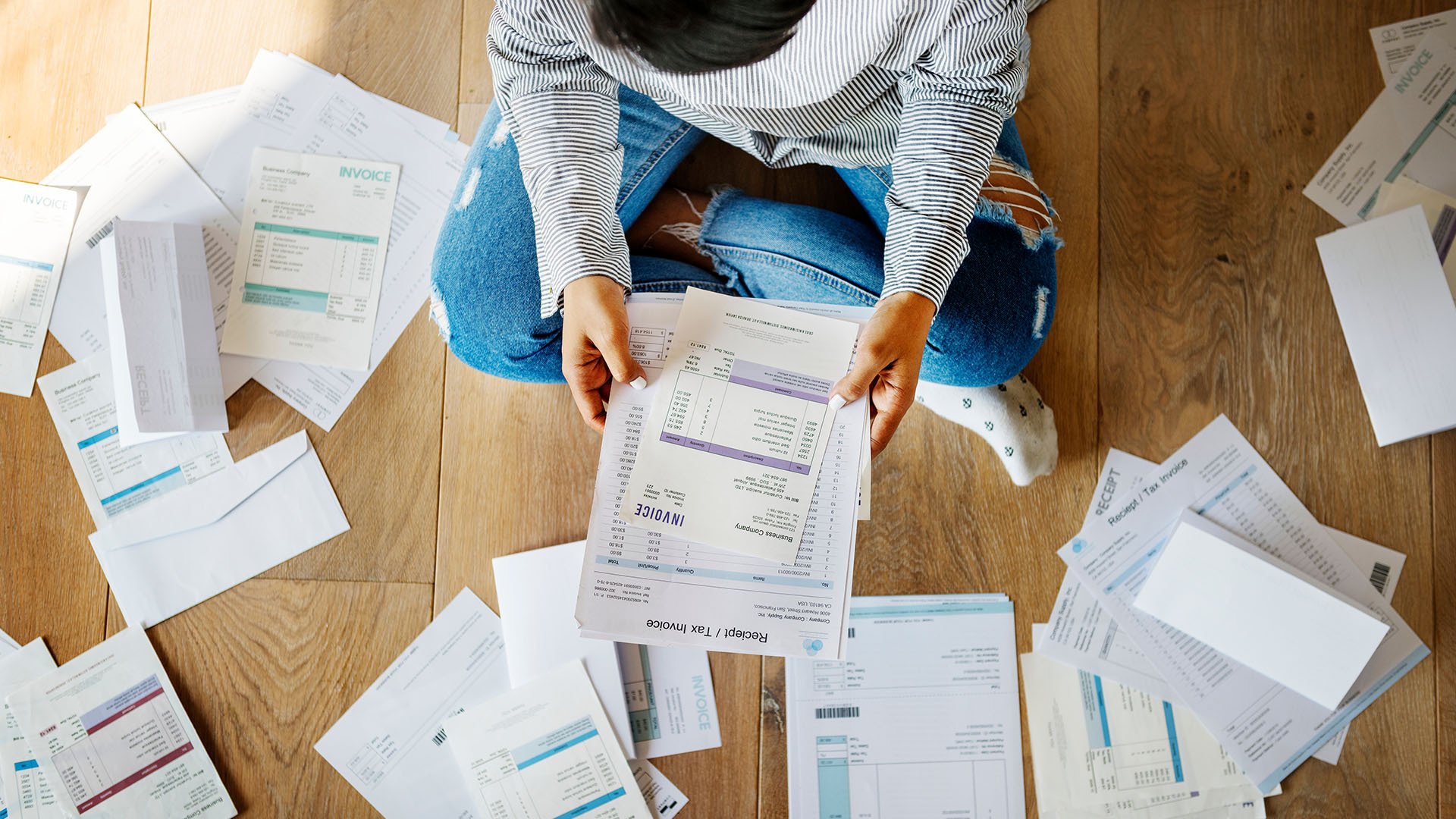
Being a solopreneur comes with plenty of benefits: You can set your own hours, decide your own business priorities, and kiss performance reviews goodbye. But a one-and-done tax season? That is not one of them.
In many cases, independent workers must pay the tax they owe not in one lump on April 15 but in four installments throughout the year. These payments are the dreaded quarterly, or estimated, taxes
Quarterly taxes can be confusing, but they don’t have to be scary. Once you know the basics — and debunk a few pesky myths — you’ll be in good shape.
What are quarterly taxes?
The IRS requires independent workers, including freelancers, contractors, and solopreneurs, to pay taxes on their income throughout the year instead of all at once. This is because without an employer involved, that income is not automatically taxed when you receive it — and the IRS wants its cash.
There are four quarterly tax deadlines throughout the year. They are:
-
January 15
-
April 15
-
June 15
-
September 15
If a deadline falls on a weekend or holiday, it will shift to the next business day.
Who has to pay quarterly taxes?
Assume you must make quarterly payments if you expect to owe $1,000 or more in taxes on your non-W-2 income throughout the year. (If you’re not sure, there are plenty of tax estimators out there to give you an idea — including a tax calculator from Mashable’s No. 1 tax software pick for freelance filers, H&R Block.)
Non-W-2 income includes self-employment income, the type of income you make as a solopreneur. Take it from the IRS: “If you are in business for yourself, you generally need to make estimated tax payments.”
How to estimate and pay quarterly taxes
OK, so you owe quarterly taxes. How do you figure out how much to pay each quarter? This question can be especially vexing for solopreneurs with seasonally inconsistent income. If you make twice as much in the summer as in the winter, for example, how do you know how much to pay?
According to Logan Allec, a CPA and owner of the tax relief company Choice Tax Relief, there are a few ways you can estimate your payments. The first is simply to set aside a percentage of what you earn every quarter and pay that amount. (This percentage could be your effective tax rate from the previous year; otherwise, around 30% is a solid rule of thumb.) If you end up overpaying, you’ll eventually get that overpayment back as a tax refund from the IRS.
The second method takes advantage of what’s called the prior year safe harbor rule. Under this rule, the IRS will not charge you underpayment penalties if you pay the same amount in taxes that you paid the previous year. So if you divide your tax liability from the previous year by four, then pay that amount each quarter, you’ll be on good terms with the IRS no matter what.
If your business has grown a lot since last year, though, use this method with caution: “You may end up owing more than you expected when you actually file this year’s tax return if you made a lot more this year than [you did] last year,” Allec says.
Finally, you can make an estimation using a little math. Each quarter, add up your actual income, multiply it by four (this will “annualize” it to the entire year), and then calculate your hypothetical yearly tax liability based on this amount. Divide that number by four, and you’ve got your estimated quarterly payment.
Once you’ve figured out your amount, you can make the actual payment through the IRS direct pay portal — or, if you’re really old school, you can send a check.
Quarterly tax tips
Tax tip #1: Don’t forget state taxes
Allec points out that in states that charge state income tax, you might have to make estimated quarterly state payments as well. “Apart from simply ignoring (or being completely unaware) of the requirement for state quarterly tax payments,” he says, “some taxpayers assume that the payments work the same for federal as they do for state.” Make sure you know the rules for your state to avoid an unexpected bill.
Tax tip #2: Lower your tax bill with deductions
If you’re self-employed as a solopreneur, you can deduct eligible business expenses — things like home office expenses, postage and shipping costs, and business-related car expenses — to lower your tax bill. A CPA can help you figure out which deductions you’re able to take. Tax filing platforms like TurboTax can also help you with business deductions, often for an additional fee or at a pricier tier. There are even apps like Keeper and FlyFin that you can use to track your business expenses throughout the year.
Tax tip #3: Don’t be afraid to hire a pro
If you’re overwhelmed by your taxes, having trouble keeping up with your bookkeeping, or just don’t want to deal with it, don’t be afraid to work with a CPA, Allec says. It’s an investment, but it’s worth it for plenty of solopreneurs — plus, an accountant can help you minimize your bill come tax time.




















0 Comments